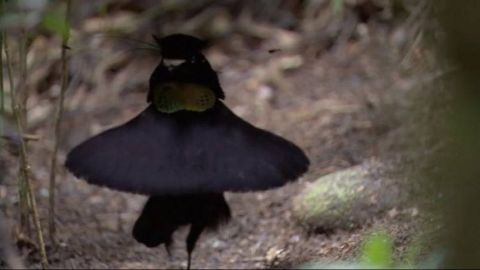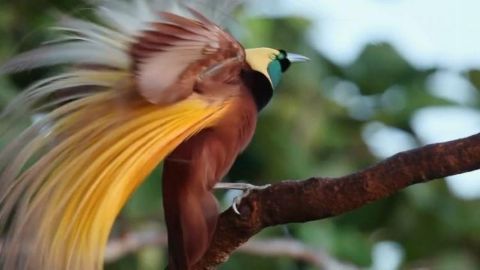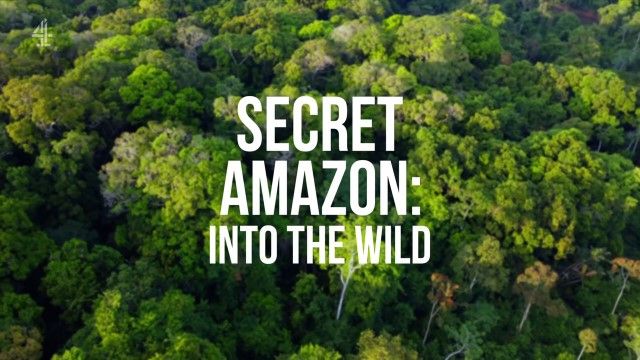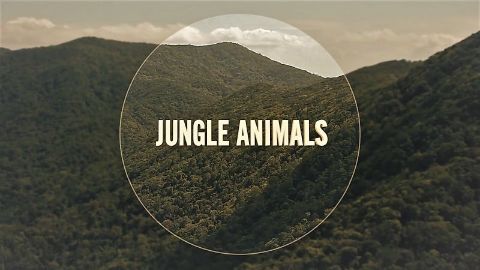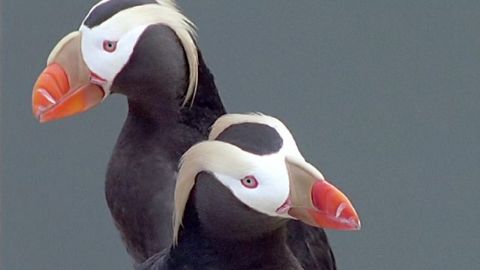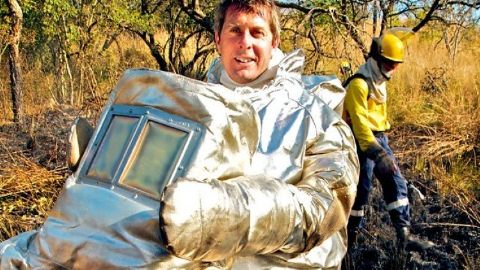Part 2 • 2017 • episode "S1E2" • Birds of Paradise: The Ultimate Quest
Part two of two. Explorer Benedict Allen is determined to get disabled journalist Frank Gardner into the wilds of Papua New Guinea, despite having to grapple with Frank's wheelchair. As the terrain gets even tougher to negotiate, the pair know they must make an epic journey into the highlands, crossing through two tribal territories to achieve their objective. However, as Frank gets close to realising his dream of seeing wild birds of paradise up-close, his old injuries return to haunt him and the expedition hangs on a knife edge.
Make a donation
Buy a brother a hot coffee? Or a cold beer?
Hope you're finding these documentaries fascinating and eye-opening. It's just me, working hard behind the scenes to bring you this enriching content.
Running and maintaining a website like this takes time and resources. That's why I'm reaching out to you. If you appreciate what I do and would like to support my efforts, would you consider "buying me a coffee"?
Donation addresses
BTC: bc1q8ldskxh4x9qnddhcrgcun8rtvddeldm2a07r2v
ETH: 0x5CCAAA1afc5c5D814129d99277dDb5A979672116
With your donation through , you can show your appreciation and help me keep this project going. Every contribution, no matter how small, makes a significant impact. It goes directly towards covering server costs.
